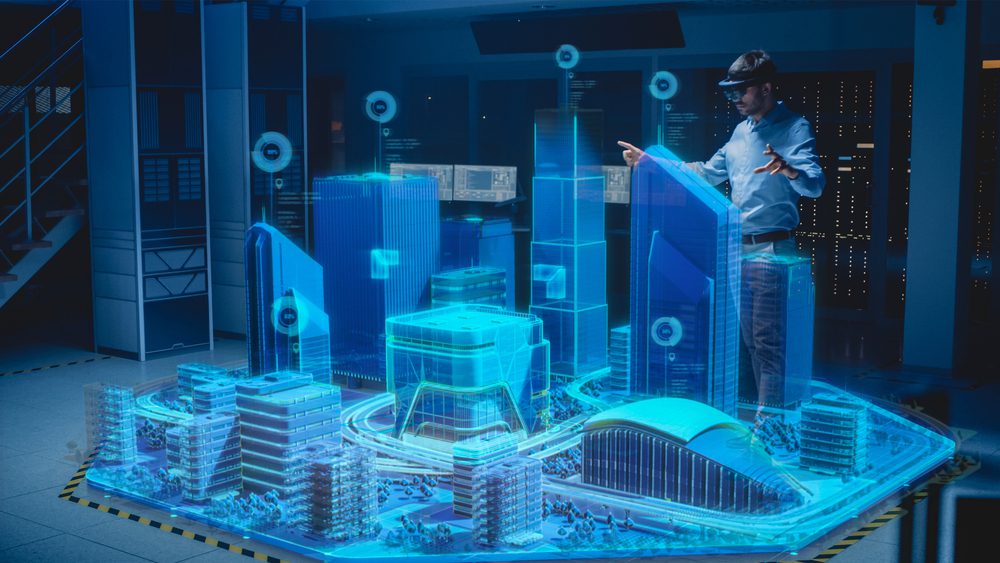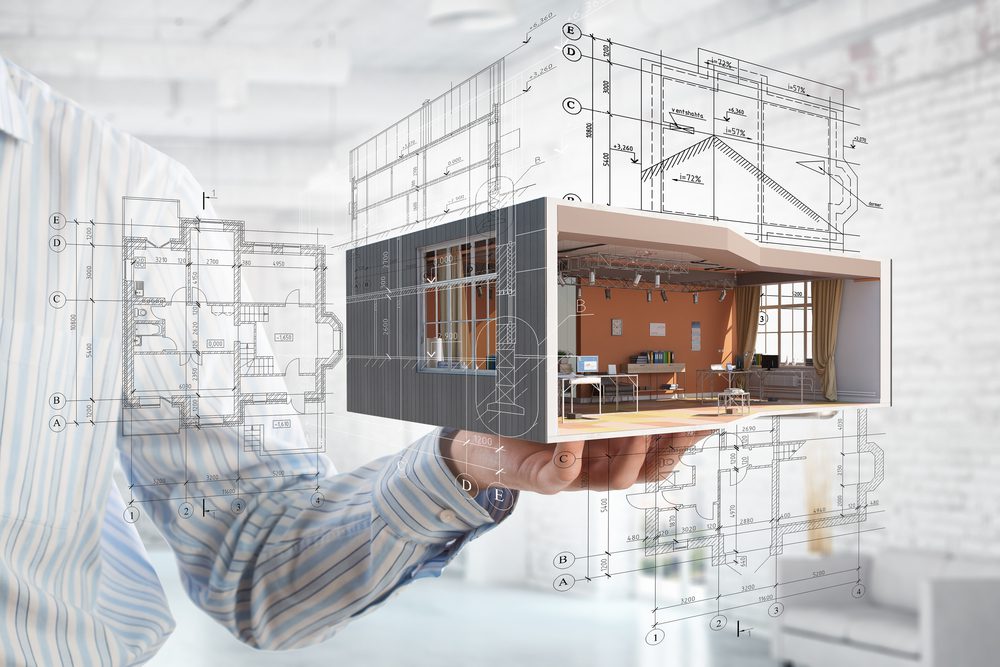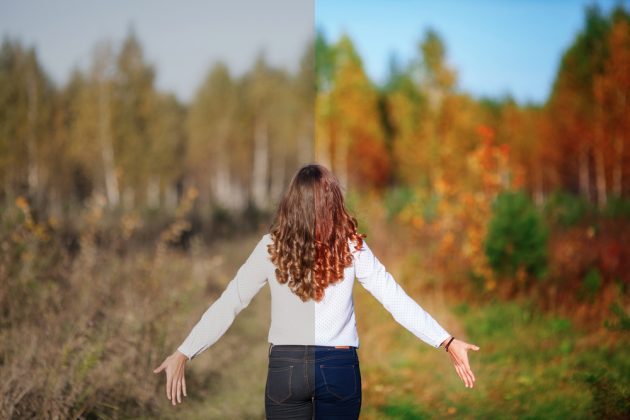Intricate, detailed visuals are vital for capturing attention and engaging audiences effectively. One of the most powerful tools in the marketer’s arsenal today is 3D modeling. From creating immersive experiences to elevating presentations, 3D modeling offers endless possibilities for enhancing digital marketing campaigns. In this article, we’ll explore what 3D modeling is, its applications, and how it can revolutionize your marketing efforts.
Understanding 3D Modeling
At its core, 3D modeling of design concepts makes digital representations of objects or scenes in three dimensions. Unlike traditional 2D images, 3D models are dynamic and can be manipulated from any angle, providing a more realistic experience for viewers.
3D modeling lets businesses showcase their products in stunning detail, enabling customers to explore every aspect before making a purchase decision. Whether it’s an architectural rendering, a product prototype, or a virtual tour of a space, 3D modeling brings design concepts to life in ways that traditional photographs or drawings cannot.
With 3D modeling, presentations become more engaging and memorable and marketers can create interactive experiences that allow audiences to interact with products or concepts in real time.
3D models are the foundation for augmented reality (AR) and virtual reality (VR) experiences, enabling users to interact with digital content in the physical world or immerse themselves in virtual environments. From virtual product try-ons to interactive training simulations, AR and VR powered by 3D modeling offer the highest levels of immersion and engagement.

Benefits of 3D Modeling in Digital Marketing
3D modeling has become almost a requirement in many industries that rely on digital marketing to increase awareness of their products and concepts.
- Immersive Experiences: 3D models provide a more immersive experience for viewers, allowing them to explore and interact with products or concepts in a virtual environment.
- Better Audience Engagement: Interactive 3D content captures attention and keeps audiences engaged for longer, increasing brand awareness and retention.
- Enhanced Visualization: Complex concepts or products can be visualized more effectively with 3D models, making them easier for audiences to understand and appreciate.
Different Types of 3D Modeling
Let’s explore the different types of 3D modeling and discuss their applications.
Polygonal Modeling
Polygonal modeling, also known as mesh modeling, is one of the most common and versatile techniques in 3D modeling. It involves creating 3D objects by manipulating individual vertices, edges and faces to form a mesh. Polygonal modeling is widely used in industries such as gaming, animation, and product design due to its flexibility and efficiency.
NURBS Modeling
Non-uniform rational basis spline (NURBS) modeling utilizes mathematical curves and surfaces to define 3D geometry. Unlike polygonal modeling, which relies on discrete points, NURBS modeling offers smoother and more precise surfaces, making it easier to create organic shapes and complex surfaces.
Subdivision Modeling
Subdivision modeling is a technique that starts with a simple polygonal mesh and refines it by subdividing its faces and smoothing its edges. This approach allows for the creation of high-resolution surfaces with intricate details while maintaining a relatively low-polygon structure.
Digital Sculpting
Digital sculpting, also known as sculpting or sculpt modeling, simulates traditional sculpting techniques in a digital environment. Artists use specialized software and tools to manipulate virtual clay and carve intricate details, resulting in highly detailed and realistic 3D models. Digital sculpting accomplishes the same thing on a computer screen.
Parametric Modeling
Parametric modeling involves defining 3D objects using mathematical parameters, allowing for easy modifications. This approach is commonly used in CAD (computer-aided design) applications for precise engineering and architectural modeling.
Procedural Modeling
Procedural modeling is a technique that generates complex 3D geometry algorithmically based on predefined rules and parameters. This approach offers scalability and efficiency, enabling artists to create vast and intricate environments with minimal manual input.
Photogrammetry
Photogrammetry involves capturing real-world objects or environments using photographs and extracting 3D data from them. By analyzing multiple images taken from different angles, software algorithms reconstruct the geometry and texture of the subject with high accuracy. It’s often used to position new structures and buildings in existing environments.
Digital Media Technology’s 3D Modeling Services
Whether you’re creating characters for a video game, designing products for manufacturing, or visualizing architectural spaces, there’s a 3D modeling technique suited to your needs. However, learning how to do 3D modeling on a professional level takes years of study and practice.
For businesses looking to harness the power of 3D modeling without the resources to invest in learning how to do it themselves, Digital Media Technology (DMT) offers high-quality 3D visualization services. As a leading outsourced pre-media service provider, we specialize in creating stunning 3D visuals that elevate marketing campaigns and presentations.
Contact Us for Quality 3D Modeling Services
3D modeling has emerged as a powerful tool for marketers looking to engage their audiences effectively, create immersive experiences, and stay ahead of their competition. Contact Digital Media Technology today to learn more about our quality 3D modeling services.



